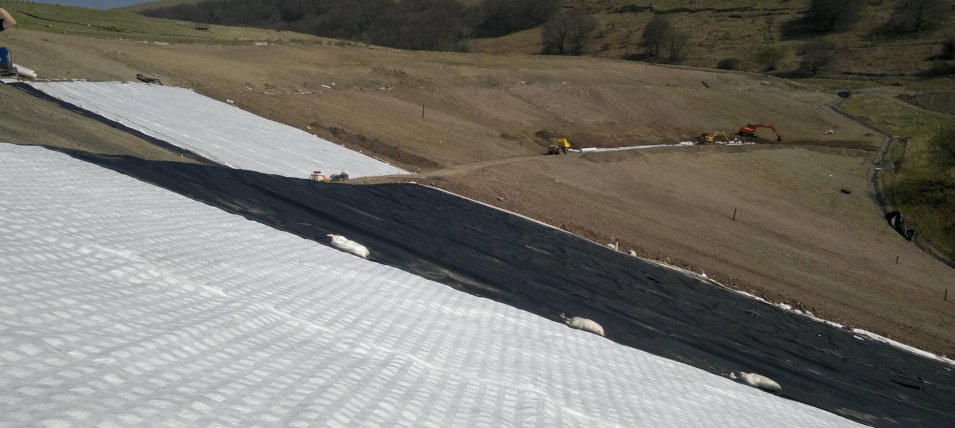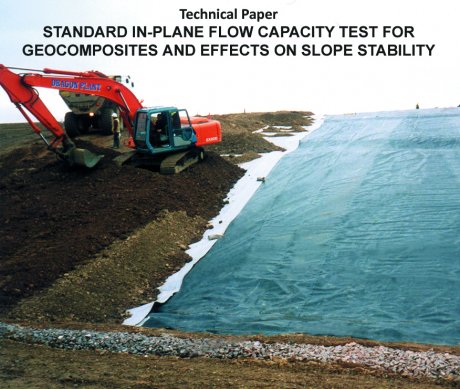Cover Soil Drainage
Well designed drainage is a key consideration in slope stability analysis. This video outlines the factors that need to be taken into account to ensure veneer slope stability with a sufficient factor of safety.
Pozidrain G is a product range designed to provide enhanced interface friction along with continuous drainage across the whole area.
Follow these links for further information on ABG’s range of products designed for landfill and earthworks applications.

Designing Stable Slopes – The design of slopes needs to take account of a number or parameters for construction and long term stability

Multi Layered Systems – A capping design may need to take into account gas venting, a barrier, surface water drainage and cover material

Slope Stability Design – Good drainage design is key to the stability of veneer slopes, and avoids the risks of saturation

Testing Requirements – The interfaces between layers and internal shear properties all affect the design
Standard Flow Capacity Test
This technical paper published by Ground Engineering investigates the importance of the in-plane flow capacity test for geocomposite drainage layers and the effect this has on slope stability. Click the image to download the paper.
Follow this link for more information about in-plane flow testing and the importance of the correct application of EN ISO 12958.
